Affiliate Disclosure: We earn a commission if you purchase through one of our links at no additional cost to you.
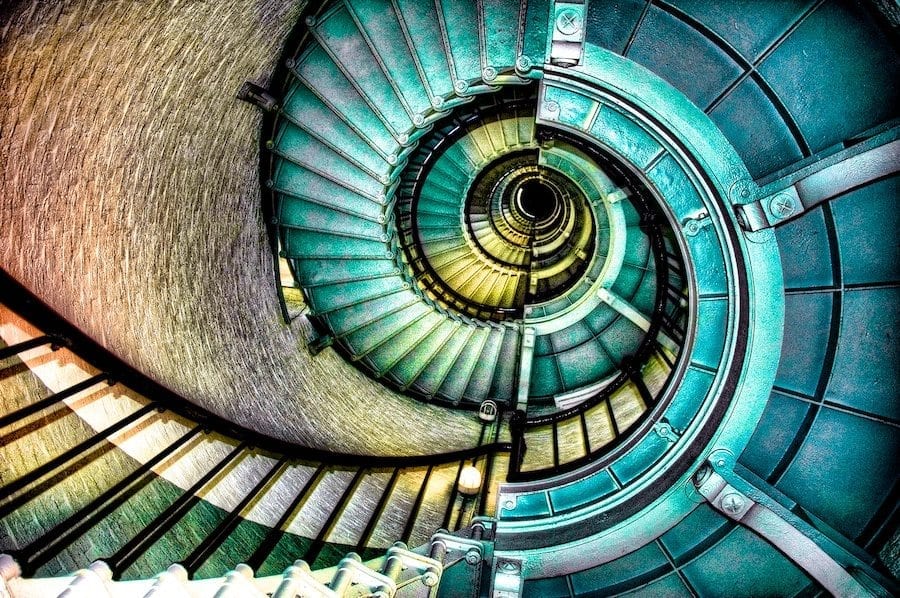
I’ve talked about pre-visualization before. That essentially means having a vision of the image you want to capture before you click the shutter. It’s often quite helpful to have a plan to get the images you want. Otherwise, you may come home and lament that your photos don’t really please you. I’m not even talking about whether you think your own photos are as good as someone else’s. Are you happy with the images you create? If not, then think about what would make them better and go out with a plan to capture the image you want. That’s not unlike my day job. I can’t count the number of plans I’ve been asked to create over the last 25 years. Plans help you communicate to others. They help you ensure that you obtain your goal by mapping out a path to get there. Of course, most detailed plans don’t leave any room for imagination or surprise. They cover familiar ground. A Navy Seal I know once told me that “you plan your dive and you dive your plan.” It makes perfect sense in his realm. His plans can literally be life and death scenarios. He doesn’t want imagination or surprise.
Fortunately, fine art photography isn’t life or death. It’s just a matter of shooting whatever pleases the photographer. I shot this spiraling staircase in the Ponce Inlet, FL lighthouse. My plan was to create a study of shapes and contrast. Here’s the original image out of the camera with no additional processing in Aperture or Photoshop:
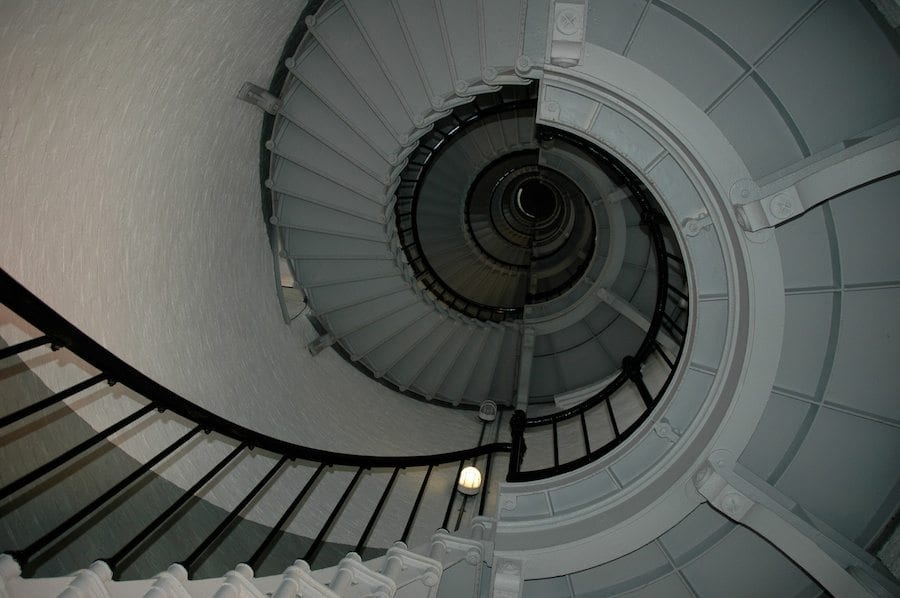
Quite a difference from the result above, isn’t it? I envisioned this image as a Black & White. I’m not necessarily disappointed with the Black & White version (below), but something strange happened while I was developing it.
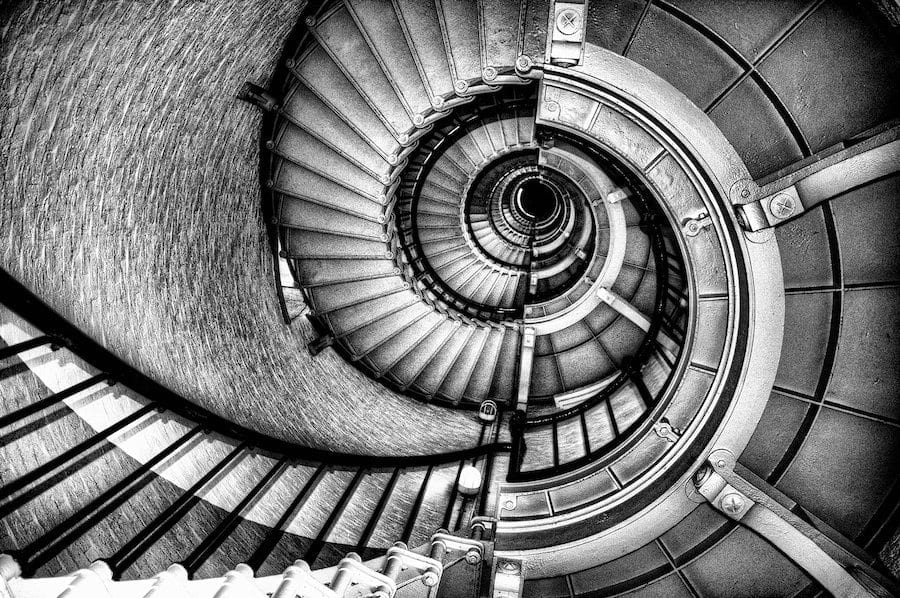
I didn’t add any color to the first image in this post. It was there, hidden in the detail of the RAW file. As I worked with Photoshop and various filters to bring out the contrast, that color began to appear. Piling one contrast technique onto another, the color became amplified into the version you see above. I tend to think that the various contrast techniques are shuffling the information it the RAW file, masking some and exposing others. It was through that process that the color emerged. I typically convert to Black & White as a last step. If I started with a Black & White conversion, I would never have seen those colors, even if I used the same contrast techniques.
Once the colors came out, I had a choice to make. I could continue with my plan, or I could allow my sense of curiosity and creativity to take over. I developed both because I wanted to make a comparison of the two. The regimented side of me is glad that I completed my plan. I’m happy with the Black & White version that explores form, light and contrast. However, I’m happier with the accidental color version at the top. Something about the alternating colors pleases me, but I’m probably happier with it because I allowed myself a sense of creative discovery. I think it’s this sense of surprise and discovery that keeps me interested in photography. I don’t take pictures to keep historical records. It’s much more fun to see what’s there, hidden in plain sight. The light is there.
Bear in mind, it’s not just about tweaking contrast. Here’s another example, before and after:
Unprocessed image:
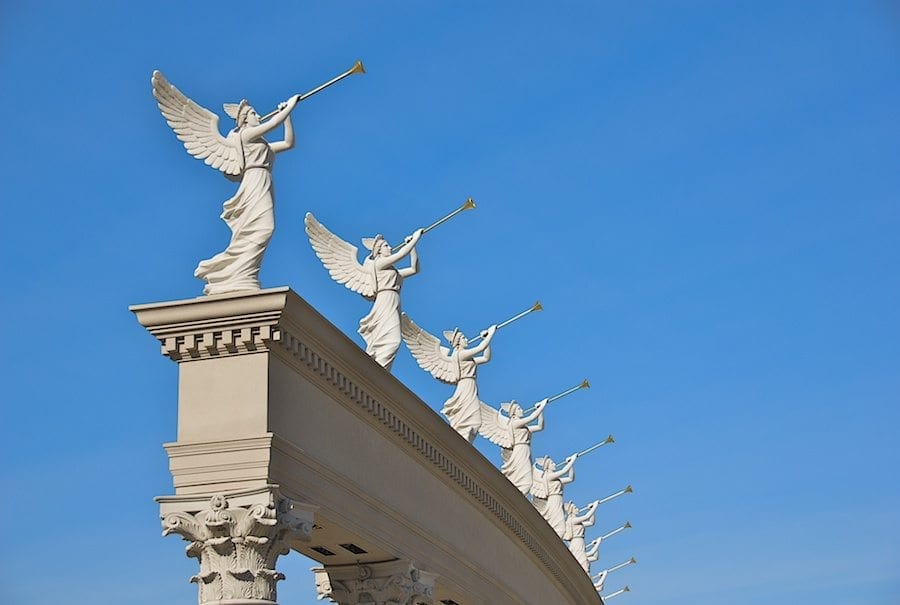
By itself, I was happy with the symmetry of the image and the way the sky complemented the statues. However, I let me curiosity start playing with possibilities. That’s when I arrived at this version:
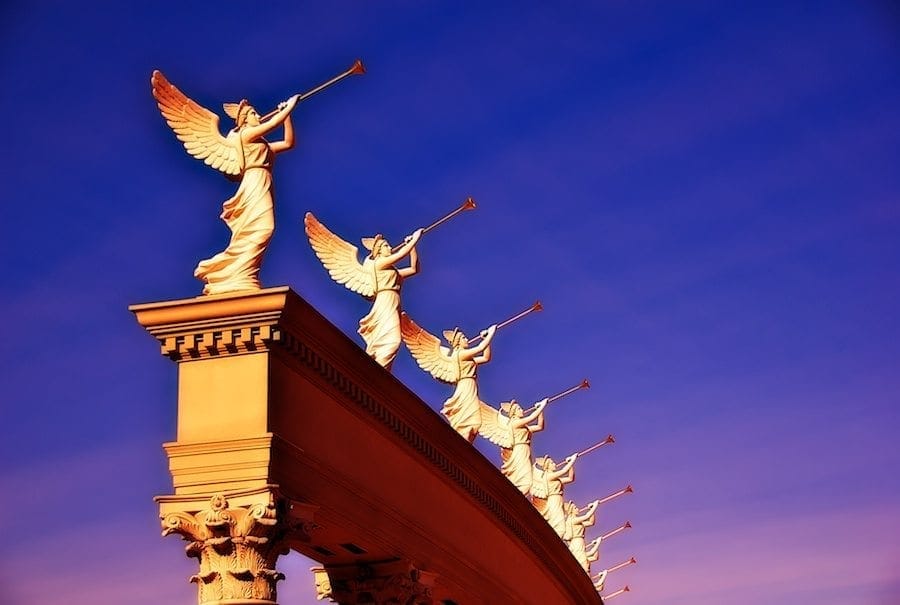
Suddenly, these golden tones appear on the statue and the platform. The clouds that are nearly invisible in the original image take on a pink hue, and the sky becomes dramatically darker. All I had to do was experiment. I didn’t plan this result, but it was possible because the light was there. What possibilities are hidden in your RAW files? What would happen if you tweaked them in a different way? There’s absolutely nothing wrong with creating the image you visualized, but don’t let yourself be a slave to a plan. You may be missing something really cool.



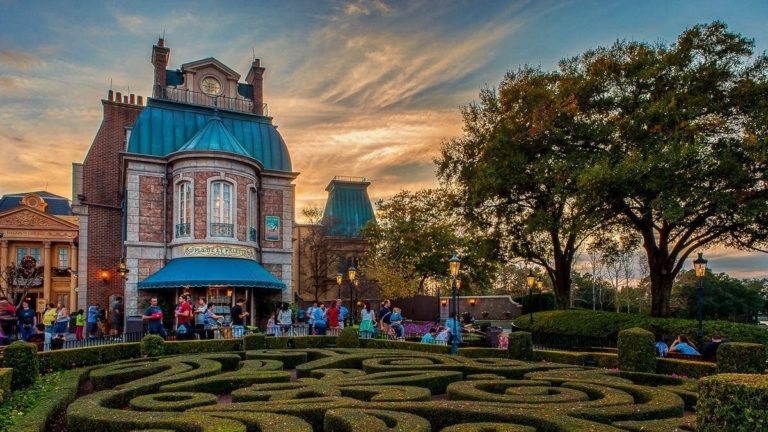
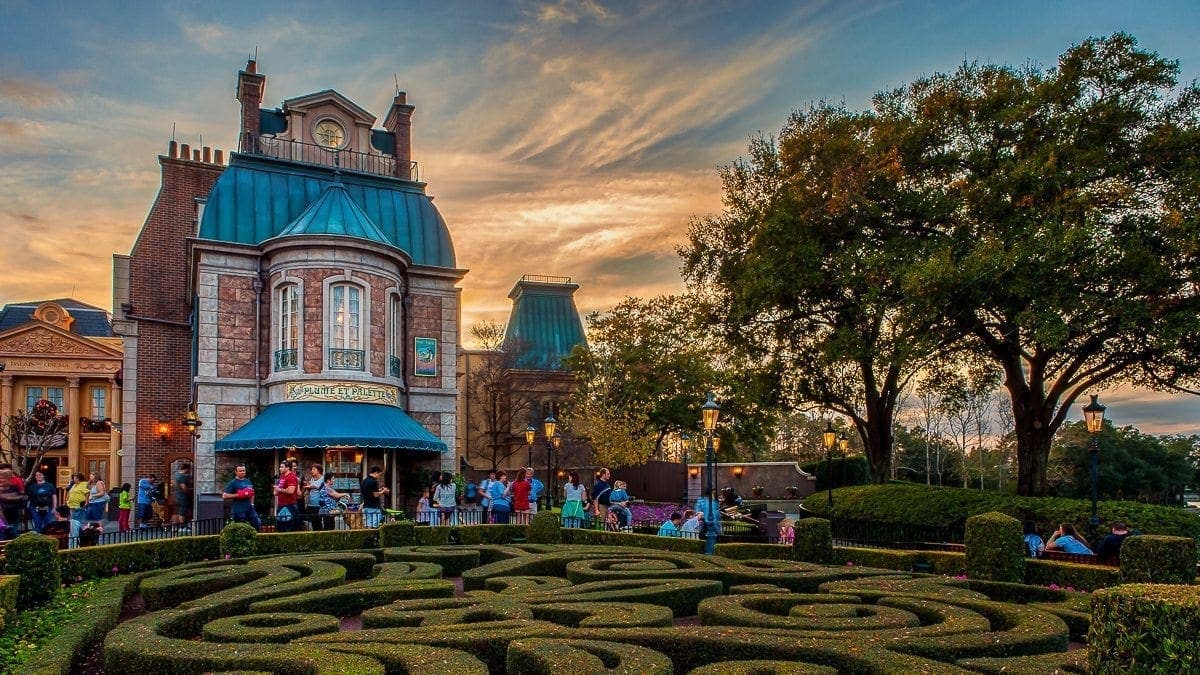
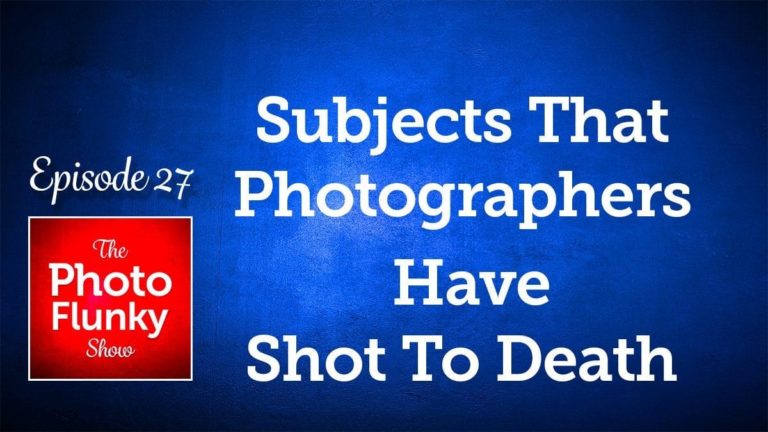

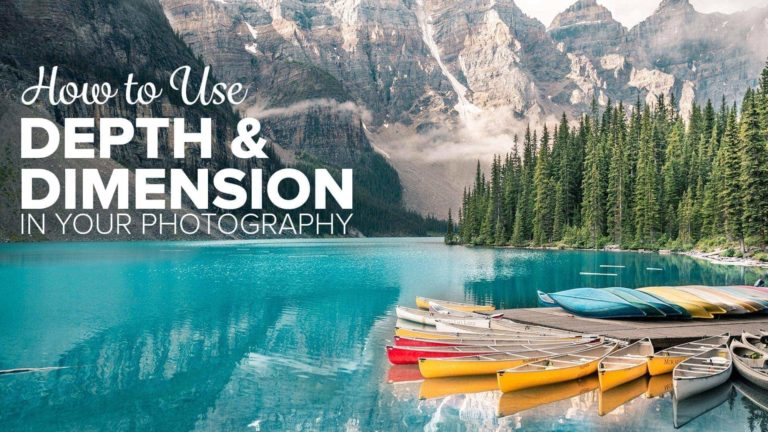
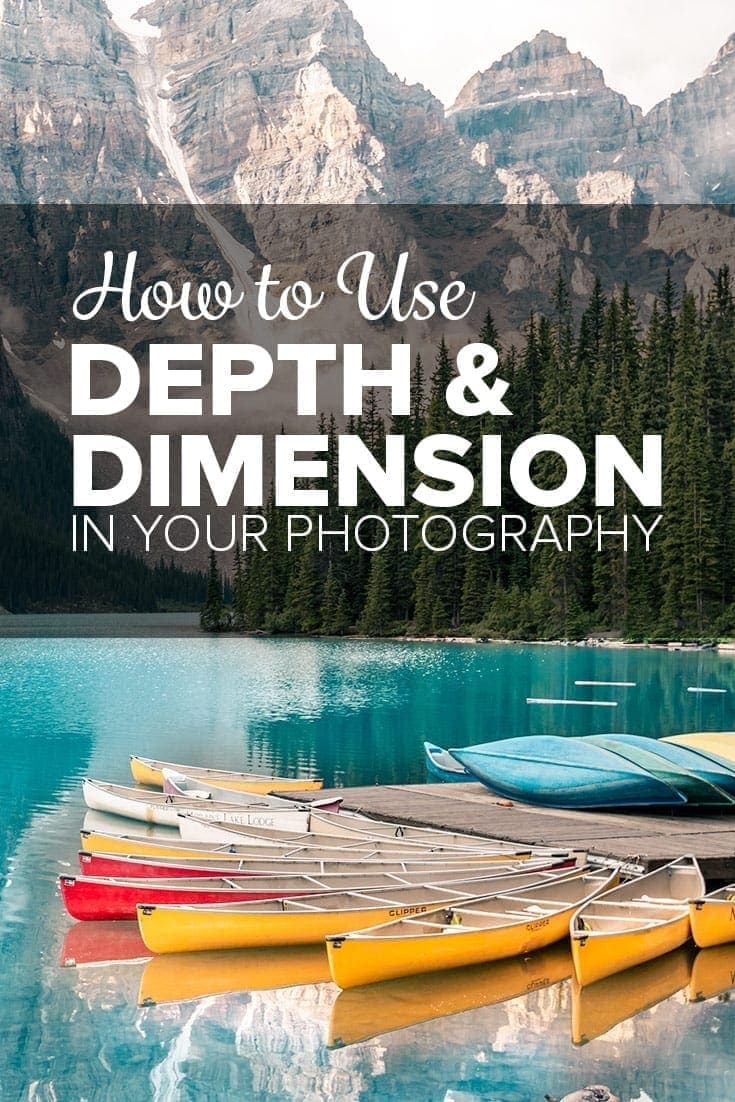
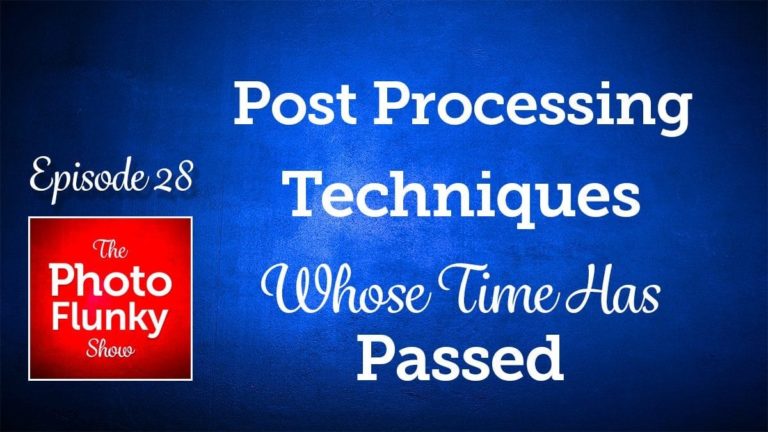
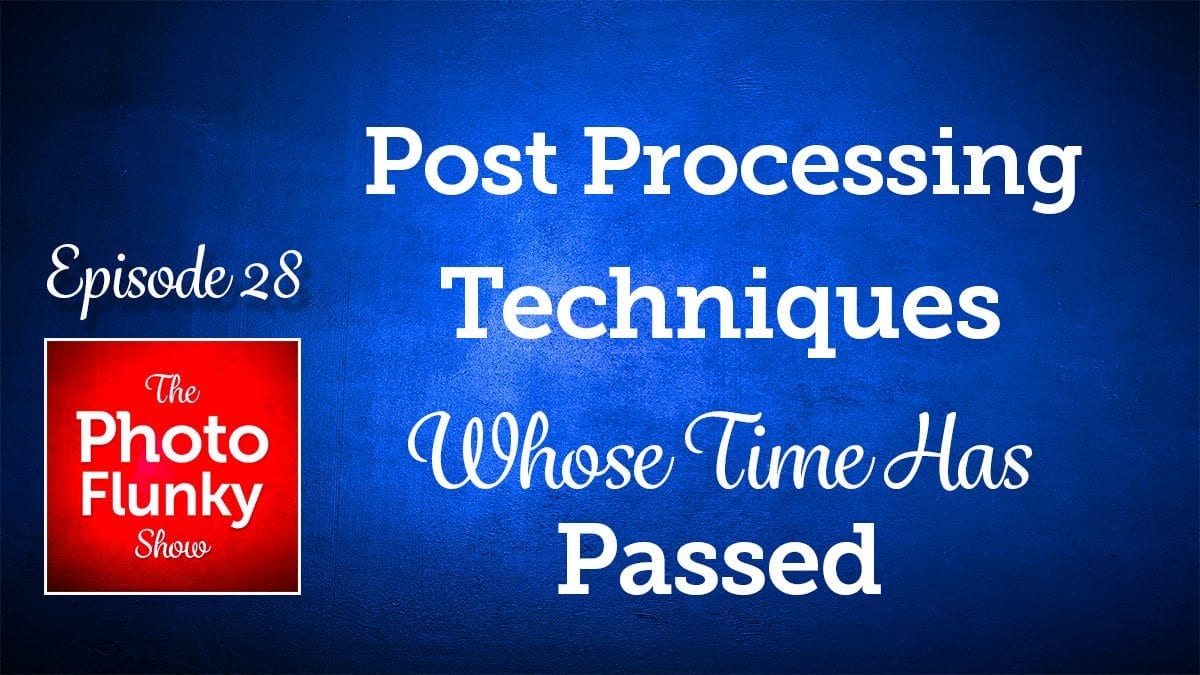
That’s pretty sweet on the first picture. I really stared at it a lot in my RSS reader before even looking at the other images.
I’ve not gotten too deeply involved in post processing, but that image is something I would be very proud of. I have been shooting all RAW recently, and you just gave me another reason to stick with it.
Great images. I have to admit that up until recently I was guilty of not doing enough when it came to processing. I just wasn’t sure what to do with my pictures, but these days I’ve been messing fiddling around with my pictures more in my editing software and I have to say I’m quite happy with the results I’ve been getting.
By all means, experiment. You have nothing to lose. If you don’t like the results, no one else needs to see. Just start over. I’d also encourage you to do your own thing and not worry too much about what other people think. It’s sort of like being a kid with finger paints. Just make yourself happy.
Amazing on the staircase. I “liked” it on HDRspotting some days ago but seeing it this large is even better. Incredible PP. Well done!
http://martinsoler.com/category/hdr/